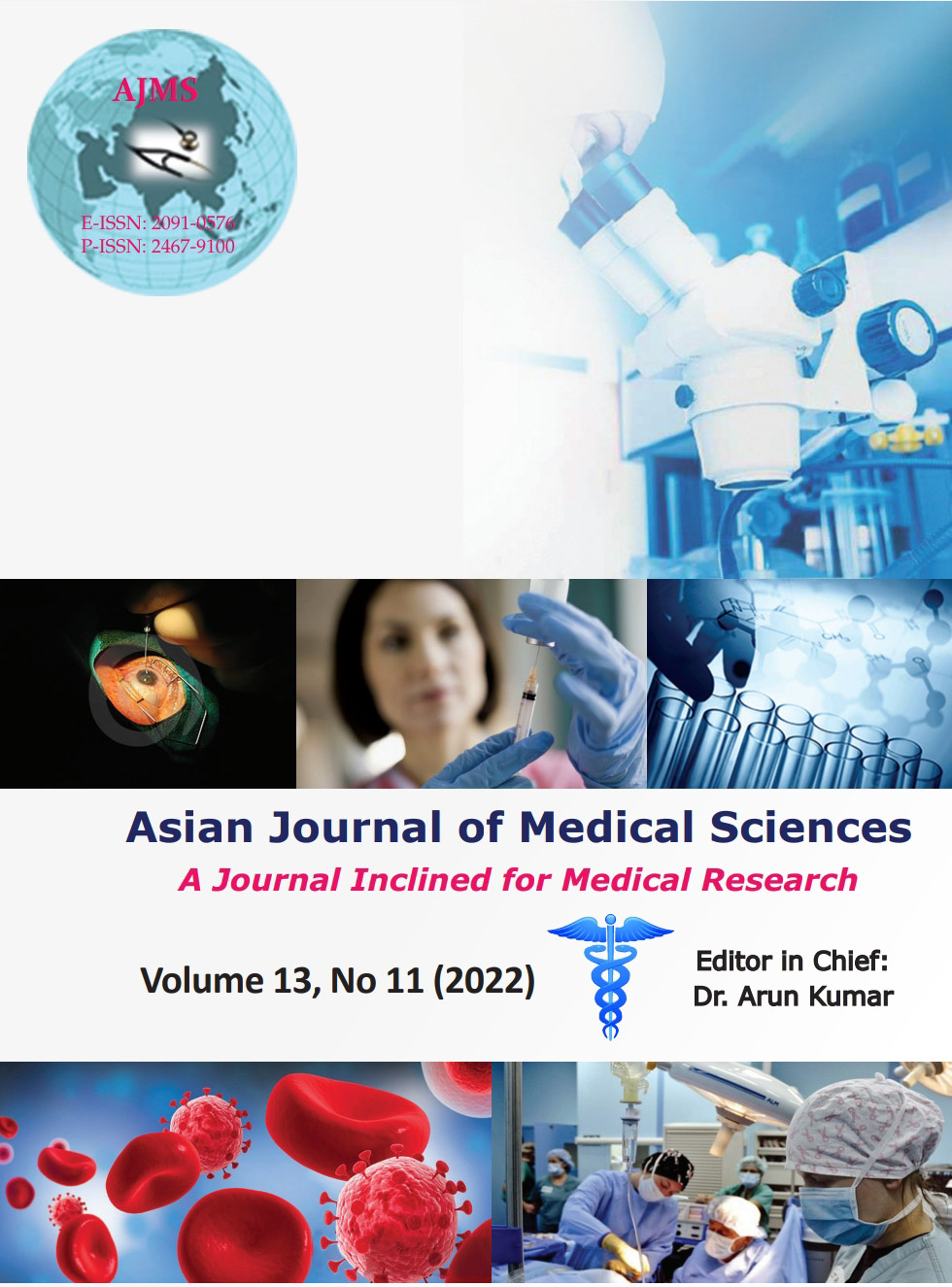Role of high resolution ultrasonography in leprosy
Keywords:
High-resolution ultrasonography; Leprosy; Non-invasiveAbstract
Background: Ultrasonography is a safe and cost-effective modality to assess gross morphological changes in nerves non-invasively. Early diagnosis will allow the early institution of therapy and arrest the progression of the disease thus, helping in decreasing disability
grading.
Aims and Objectives: The aim of the study was to assessing the role of high resolution ultrasonography (HRUS) in leprosy. The objectives of the study were to detect sonographic changes in nerves in leprosy patients, and to detect neural complications by sonography in leprosy patients.
Materials and Methods: The study was conducted over 18 months from the year 2020–2021 at ‘Teerthanker Mahaveer Medical College and Research Centre, Moradabad. A total of 37 patients were included in our study. HRUS was performed on the bilateral ulnar nerve (UN), median nerve (MN), radial nerve (RN), lateral popliteal (LPN) nerve, and posterior tibial nerve (PTN) to see the following parameters: Nerve thickening, echogenicity, color flow, and abscess.
Results: The UN was most frequently involved followed by the PTN, MN, LPN, and RN. Diagnostic performance of HRUS for echogenicity was good with sensitivity, positive predictive value, and accuracy and was observed as 91.17%, 100%, and 91.17%, respectively.
Conclusion: HRUS has several benefits in leprosy scanning; it is a reliable and non-invasive method of assessing alternations in the nerve at sites that may be difficult to be biopsied for histology.
Downloads
Downloads
Published
How to Cite
Issue
Section
License
Copyright (c) 2022 Asian Journal of Medical Sciences

This work is licensed under a Creative Commons Attribution-NonCommercial 4.0 International License.
Authors who publish with this journal agree to the following terms:
- The journal holds copyright and publishes the work under a Creative Commons CC-BY-NC license that permits use, distribution and reprduction in any medium, provided the original work is properly cited and is not used for commercial purposes. The journal should be recognised as the original publisher of this work.
- Authors are able to enter into separate, additional contractual arrangements for the non-exclusive distribution of the journal's published version of the work (e.g., post it to an institutional repository or publish it in a book), with an acknowledgement of its initial publication in this journal.
- Authors are permitted and encouraged to post their work online (e.g., in institutional repositories or on their website) prior to and during the submission process, as it can lead to productive exchanges, as well as earlier and greater citation of published work (See The Effect of Open Access).




